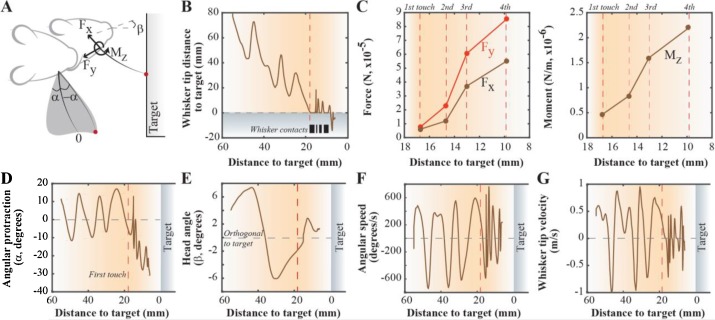Neuroscience & Biobehavioral Reviews ( IF 7.5 ) Pub Date : 2018-09-15 , DOI: 10.1016/j.neubiorev.2018.09.007 Alireza Azarfar , Niccoló Calcini , Chao Huang , Fleur Zeldenrust , Tansu Celikel

|
What any sensory neuron knows about the world is one of the cardinal questions in Neuroscience. Information from the sensory periphery travels across synaptically coupled neurons as each neuron encodes information by varying the rate and timing of its action potentials (spikes). Spatiotemporally correlated changes in this spiking regimen across neuronal populations are the neural basis of sensory representations. In the somatosensory cortex, however, spiking of individual (or pairs of) cortical neurons is only minimally informative about the world. Recent studies showed that one solution neurons implement to counteract this information loss is adapting their rate of information transfer to the ongoing synaptic activity by changing the membrane potential at which spike is generated. Here we first introduce the principles of information flow from the sensory periphery to the primary sensory cortex in a model sensory (whisker) system, and subsequently discuss how the adaptive spike threshold gates the intracellular information transfer from the somatic post-synaptic potential to action potentials, controlling the information content of communication across somatosensory cortical neurons.
中文翻译:

神经编码:单个神经元的观点
任何感觉神经元对世界的了解是神经科学的主要问题之一。当每个神经元通过改变其动作电位(尖峰)的速率和时间来编码信息时,来自感觉周围的信息会通过突触耦合的神经元传播。在整个神经元群体中,这种加标方案的时空相关变化是感觉表征的神经基础。但是,在体感皮层中,单个(或成对)皮层神经元的尖峰对世界的了解最少。最近的研究表明,神经元用来抵消这种信息丢失的一种解决方案是,通过改变产生尖峰的膜电位,使它们的信息传递速率适应正在进行的突触活动。











































 京公网安备 11010802027423号
京公网安备 11010802027423号